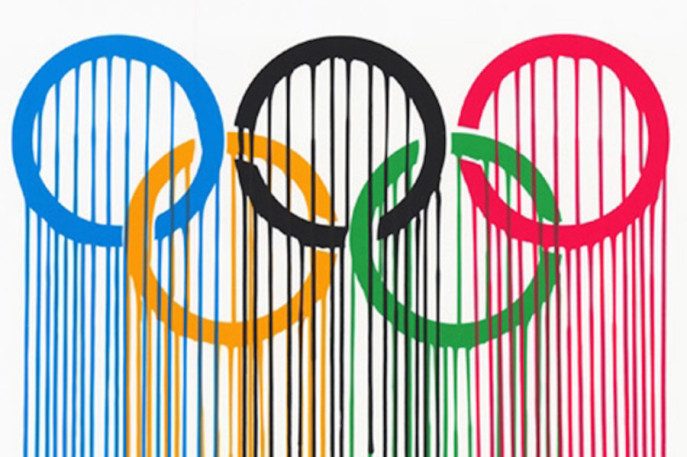
by: Ellen C. Caldwell
for JSTOR Daily
With the Olympics starting in Rio there are ample opportunities for Brazil to appeal to the influx of tourists coming for the games. “Mega events” like the Olympics play a unique role in bringing tourists en masse to a country for a concentrated amount of time. And as visitors begin inundating the city, museums are attempting to harness their business.
In 1999, just before Sydney hosted the 2000 Olympics, the Powerhouse Museum and National Maritime Museum partnered together to study the impact of “mega events” on museums. Carol Scott documented this case study, examining the two museums’ visitors before, during, and after the Olympics in order to document the factors that contributed to successful, increased museum attendance.
Scott defines “mega events” as events that “have a global focus and occur at regular intervals of two to four years.” Scott’s study focused on three questions: first, did the “mega event” have a “positive or negative impact upon museum attendance”? Next, what factors, programming, or media impacted attendance? And finally, did visitor patterns change after the Olympic events ended? In other words, did the games impact museum attendance after the games came and went?
Interestingly, the results proved some common perceptions wrong…
